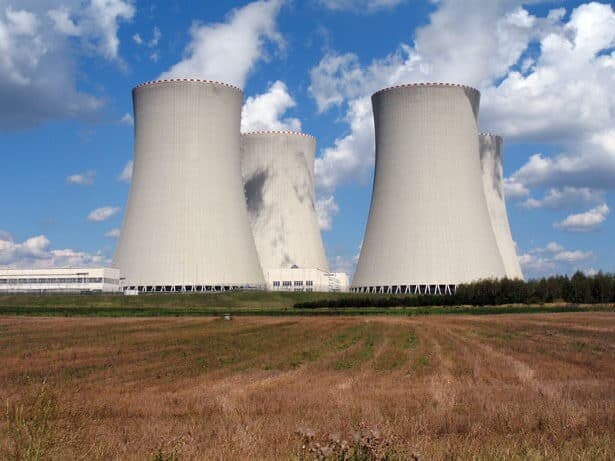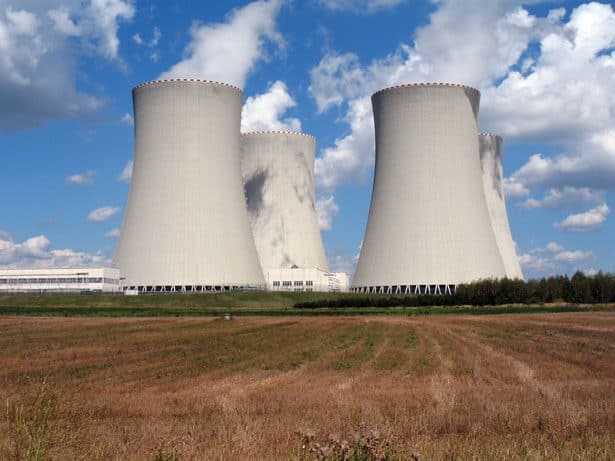Indigenous communities are rejecting non-indigenous vitality initiatives in favour of community-led sustainable vitality infrastructure.
The swap has led to some enhancements in financial and social improvement in addition to capacity-building for self-governance, in line with a research from the College of Waterloo.
“Many indigenous communities determined to take again management of their very own vitality manufacturing and never rely so closely on authorities utilities,” mentioned Konstantinos Karanasios, lead researcher and PhD candidate at Waterloo’s School of Setting. “By constructing photo voltaic, wind and hydroelectric energy initiatives, they’ve been capable of develop at their very own tempo, understand their very own imaginative and prescient for environmental sustainability and be taught priceless classes about tips on how to construct and handle infrastructure initiatives.”

The research checked out 71 renewable vitality initiatives, together with wind, hydroelectric and solar energy, put in between 1980 and 2016 in distant indigenous communities throughout Canada.
The small-scale initiatives examined demonstrated optimistic outcomes environmentally and economically on an encouraging studying curve. From 2000 to 2016, photo voltaic initiatives in distant indigenous communities grew from two in 2006, to 23 in 2012 and 53 in 2016.
“Initiatives like these provide a blueprint for future bigger initiatives in distant communities throughout Canada,” mentioned Karanasios. “Moreover, indigenous communities are exhibiting all Canadians that community-led renewable vitality initiatives may be profitable and economically possible.”
Distant communities in Canada have long-relied on non-renewable vitality akin to diesel gasoline for electrical energy technology and financial improvement. Power manufacturing from diesel gasoline is usually related to excessive carbon emissions, spills, leakages, and repair high quality points. Fossil gasoline can be unpredictable attributable to shifting governance regimes, fossil gasoline costs and carbon emission coverage, doubtlessly proscribing neighborhood improvement.




